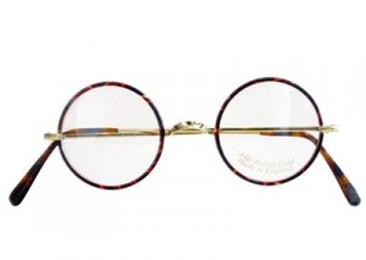
This summer, RISD is celebrating the dandy look – the latest trend in menswear — with an exhibit entitled Artist/ Rebel/ Dandy: Men of Fashion.” The program traces the development of the Dandy look from its inception in the late 18th Century to today’s modern revival.
You could call George Bryan “Beau” Brummel (1778 – 1840) the Father of the Dandy Movement. The son of a private (male) secretary and grandson of a shopkeeper, Brummel set out to disprove the old adage that “clothes don’t make the man.” Clothes were an indication of status and wealth in his era and Brummel wagered (yes, in fact, he was a gambler) that elaborate dressing and impeccable grooming would gain him status despite his humble origins. He was right. The Prince of Wales, who would later become King George IV, befriended Brummel and gave him a commission in his regiment. Brummel also found patrons (read sources of income) among other members of high society, such as Lord Alvanley and the Marquess of Worcester.
Brummel and his fashion disciples frequented Savile Row in the Mayfair section of London, where “bespoke tailoring” – clothing made to order – ensured the kind of close fit that Brummel brought into style, in sharp contrast with the loose-fitting pantaloons that those outside the dandy circle wore in the day.

By the 19th Century, the term “dandy” took on a negative connotation for men. The idea was that the guy tried just a little too hard to look impeccable. Perfection somehow meant the man was a sissy and a snob who regarded himself as a little too high-brow to do real work.
Perhaps influenced by the Sherlock Holmes revival, the dandy look for men has made a strong comeback, and the modern interpretation has no negative undertones. It is a statement of casual elegance and old world refinement that says “Gentleman” with a capital G – the epitome of looking elegant without trying too hard. It also conveys an interest in intellectual and cultural pursuits.
Want this look? Here are some pointers:
- Start with muted tones. Dark tones like black, gray and earthy brown work well, and white is a classic, especially for summer. After all, Brummel himself was big on white linen. You can add a splash of contrasting color, like yellow or bright blue for added emphasis.
- Choose jackets and slacks that are well-tailored and fitted, not baggy or skin-tight.
- Mix patterns with solids. Tweeds and plaids – particularly the complicated patterns like window pane or glen plaid – lend an air of intellectual sophistication.
- Make the blend of tones and textures smooth and symmetrical. Don’t create shockwaves with patterns or colors.
- Choose classic shoes like oxfords or wingtips.
- Add old-world accessories like suspenders or an old-style felt hat, such as a derby, bowler or fedora. You can also swap felt for a summer look with a classic Panama hat.
- Finish the look with retro or genuine vintage eyewear, such as Savile Row’s sophisticated round “Warwick,” Lunettes Kollektions’ “Ca Plane pour Moi” in tortoise or classic black, or classic Ray Ban Wayfarer sunglasses.



 RSS Feed
RSS Feed